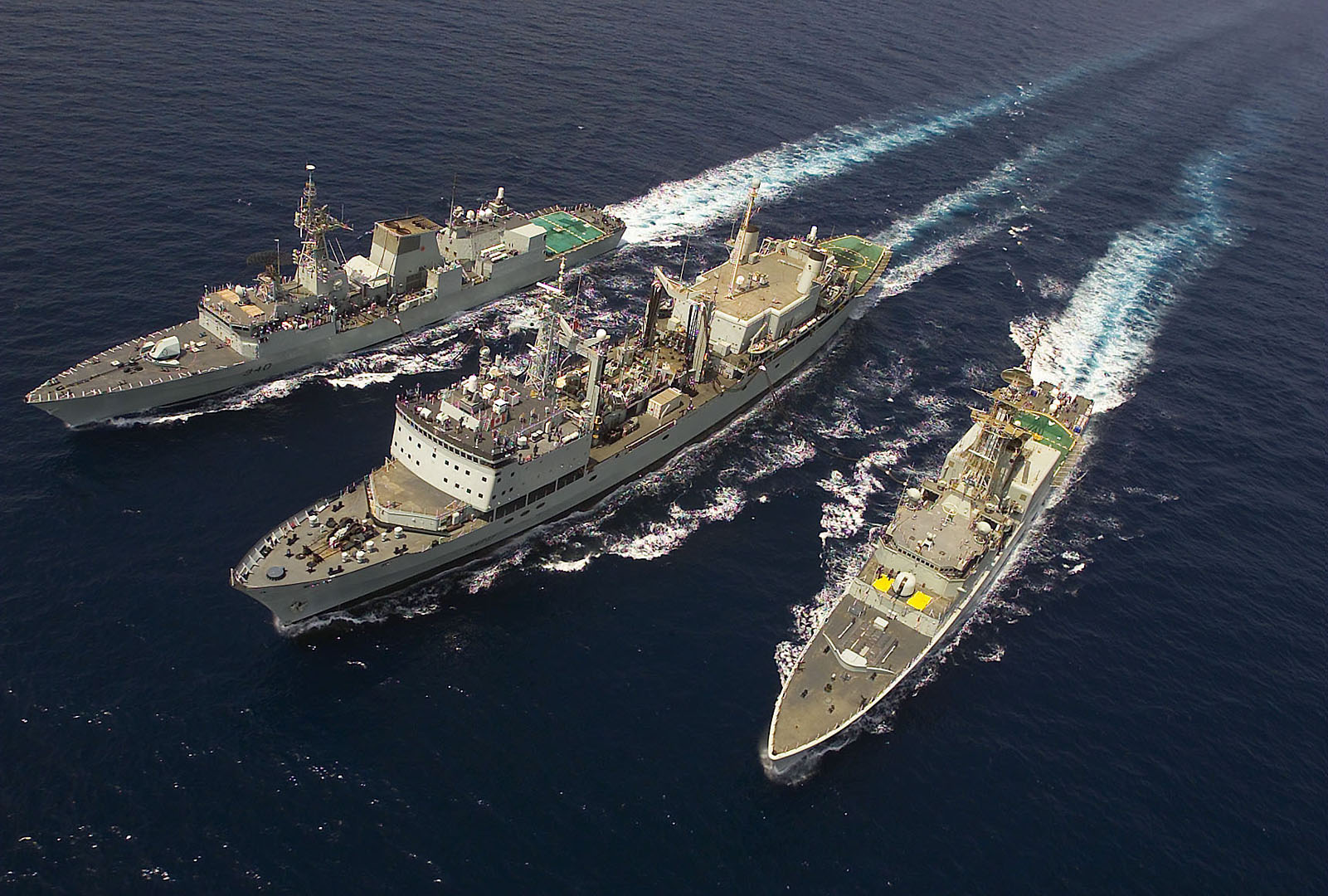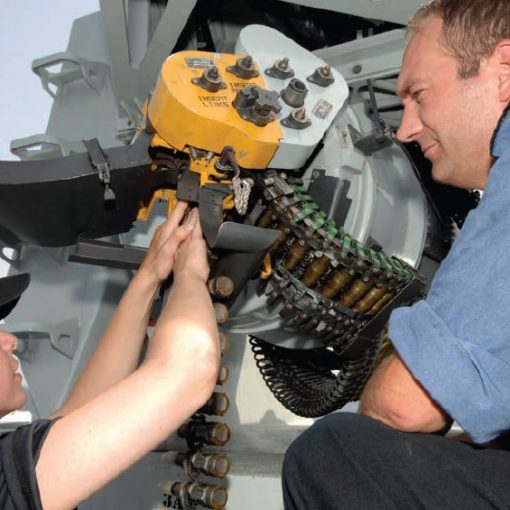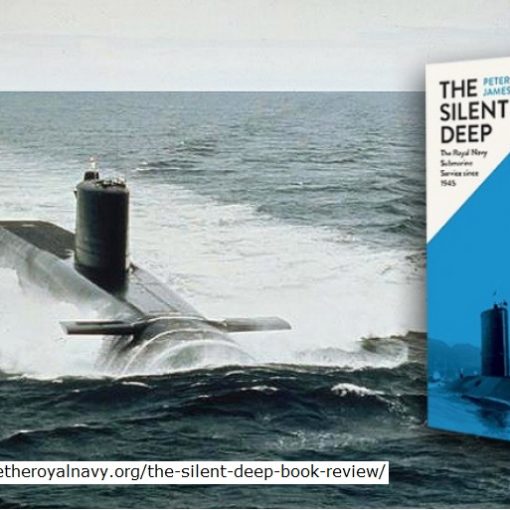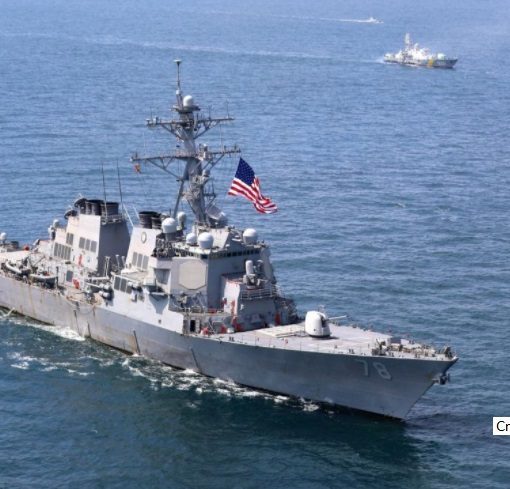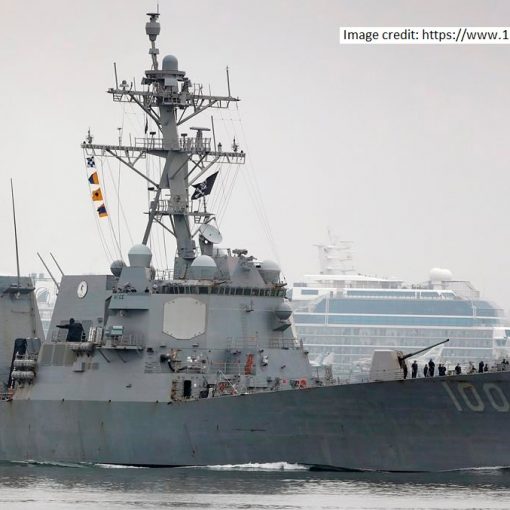Everything that Peter Haydon says in his article on the "Canadian Naval Task Group" is accurate. The task group has been fundamental to our past success and it will likely be equally critical to our navy's future. The problem, however, is that the world is changing and the task group concept must change with it. Regrettably, one senses that some in the navy do not think the formula needs changing. That is a task group has a destroyer leader, a few frigates, helicopters and, when possible, a submarine and a maritime patrol aircraft. Under this view, the task group concept is frozen in time, people shut off their minds, and the navy only retains relevance in overseas, largely blue water ops. Alternate visions soon are deemed unwelcome and a threat to the items in this traditional task group.
But things have changed. Some of those changes support the need for a navy based on a traditional task group and devoted to the 'away game.' The increasing dangers of WMD proliferation via state or terrorist action underline the need for the Proliferation Security Initiative and the ships to enforce it. In addition China's navy and most other Eastern navies are growing, and their owners will use them in support of their national interests. Ninety-eight percent of the time their interests will not compete with our own. However, sometimes they will, and the Pacific is a maritime realm where issues will be resolved with naval task groups.
Other changes are less kind to this narrow view. 9/11 fundamentally altered the North America security picture. Failure, especially if it is as a result of half measures, in any continental surveillance or defence task is simply not acceptable in the new 'home game.' Here economic devastation comes from either suffering an attack or allowing an attack to flow thru through a Canadian area of responsibility enroute the USA. While North American navies, armies and air forces make a logical argument in stating the best defence occurs overseas, these 'away' tasks must increasingly be viewed as discretionary.
This means future task groups must include Canadian Coast Guard (CCG) vessels Something more robust than a "crosspoll" programme will be required. In this regard, it is unsettling to read the recent OAG finding that our coast guard spent the some $20 M given them for these such things as improving interdepartmental fleet communications somewhere else. I have been in this business too long to expect that when these errors result in uncoordinated action off our coasts, the navy will won't be blamed. These "mixed" home task groups need not practice Anti-Air and Anti-Submarine Warfare. But within a few years they must be capable of secure communications, secure digital picture exchange, and high level coordinated maritime interception operations. Thankfully, our multi-departmental Maritime Operations, Intelligence and Surveillance Centres have given us a huge start in this coordination business. Now we must start dramatically altering the 'home' TG. The second change was announced by the Martin government and continued by the Harper one. Both governments expect that expeditionary operations will be joint. For the task group, this means direct support to army and air force missions. It also means the new "Joint TG" will have to be able to quickly integrate aid workers, civil police and passport control officers. Yet the circling and dancing with DND with regard to lift and cross-service coordination is not encouraging. The ex- head of the Canadian Army, now CDS, once argued against strategic airlift while being its primary customer. Chinooks were sold off without a complaint by any senior army and air Force officer as those services protected their "core" platforms. The Joint Support Ship (JSS) particularly suffers in this regard. In April 2004, the MND introduced the JSS project claiming:
Their ability to transport a significant amount of equipment, and transfer it to shore, will give the Canadian Forces a critical strategic sealift capability. In fact, taken together, the three new support ships will be able to deploy the 'lion's share' of the equipment of an army battle group to any port in the world.
Yet three years later, Support Command hints it does not plan to use them for strategic lift while Navy now claims these vessels were '85 percent AOR" (Naval Replenishment Ship) with only the residual offered up to joint tasks. One can find no logic here. After the MV GTS Katie, I am amazed that Support Command does not insist on their right to the only guaranteed sealift asset they have, especially as there is a worldwide shortage of RoRo vessels. I also consider the Navy "85% AOR" either posturing or meaningless. A few brief years ago, we didn't have the naval fuel budget to send them to sea for more than eighty days a year. We need to use these vessels for today's scheduled sealift tasks using the money we are now spending on contracted sealift for their fuel. Further, those sealift tasks should be used as a base for most new 'away' joint TG tasks. The final change involves the increasing importance of the arctic. I do not expect the traditional Canadian task group to be easily reconfigured to take up missions there. However, the navy must be far more visibly active in this ocean now and it may well take assets from the TG. For example, one of the most logical uses of the JSS is in the north, given its capacity to hold bulk amounts of environmental remediation equipment, its helicopters, command and control facilities and fuel. Fuel may be its most critical contribution, as I was amazed to see a plot of recent CCG arctic icebreaking. It appeared as though half the mission was spent transiting to or from its refueling base. Instead, the JSS should be providing close support to the coast guard.
It will take another five years at least before we see the JSS and something needs to be done soon. The Canadian Coast Guard cannot do all of this. While they can ice break, their ships will never be able to duplicate a naval vessel's wide area surveillance, command and control, and weapon coordination capability. This means an early and regular deployment of our submarines is required for work at the ice edge. Later, one or two should be modified for full under-ice patrols that extend all the way to the North Pole. Later, four to six Arctic Patrol and Offshore Patrol Vessels should take over the ice-edge patrolling while also being capable of fisheries patrols off the Grand Banks and elsewhere.
This sounds extravagant and many suggest this can all be left to the coast guard.. It is not expensive or extravagant. The current Canada First Defence Strategy contains all of these items within its planned funding envelope save the some $300 million needed for an ice-capable submarine conversion. Further, we cannot leave it to the coast guard. Today's Ottawa Citizen signals that the US Congress will ensure the northern approaches to North America are protected by military, not coast guard systems that provide defence in depth. The suggestion from them is that we do this together. As has been the case since 1940, if we do not protect our frontiers, they will do it for us.
All of this suggests that the Royal Canadian Navy must be ready to modify its task group concept to meet the times. Curiously, that was precisely why we focused on task groups in the first place. Rather than fixing our future on flotillas or squadrons we elected the task group because is provided a form that combined differing units with different capabilities combining to provide something more than the sum of its parts. It also implied a readiness to add and subtract elements to suit each naval task. It sounds like we need to return to this original flexible task group.

